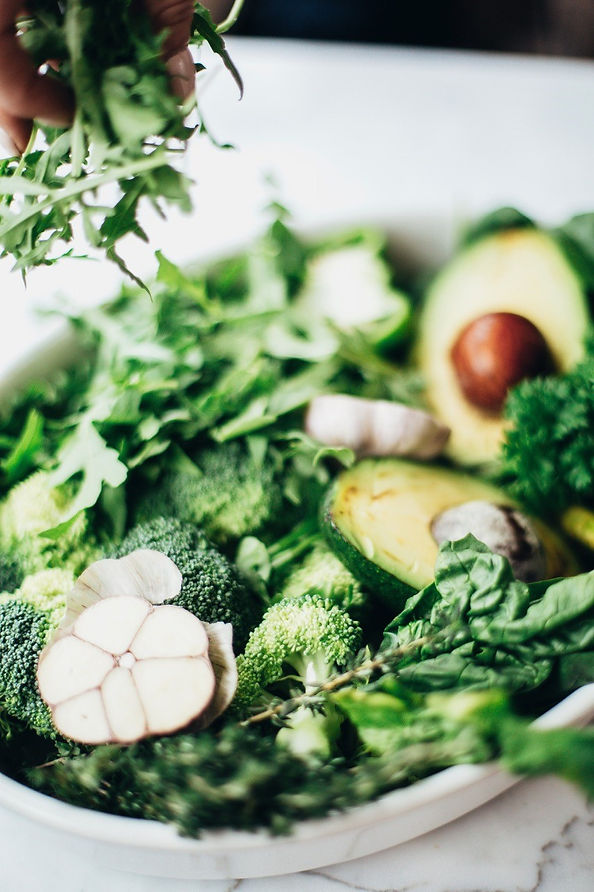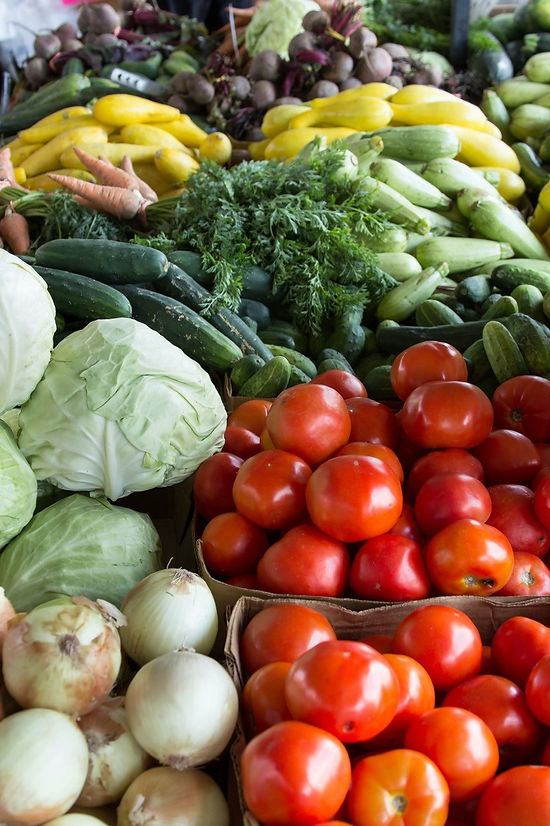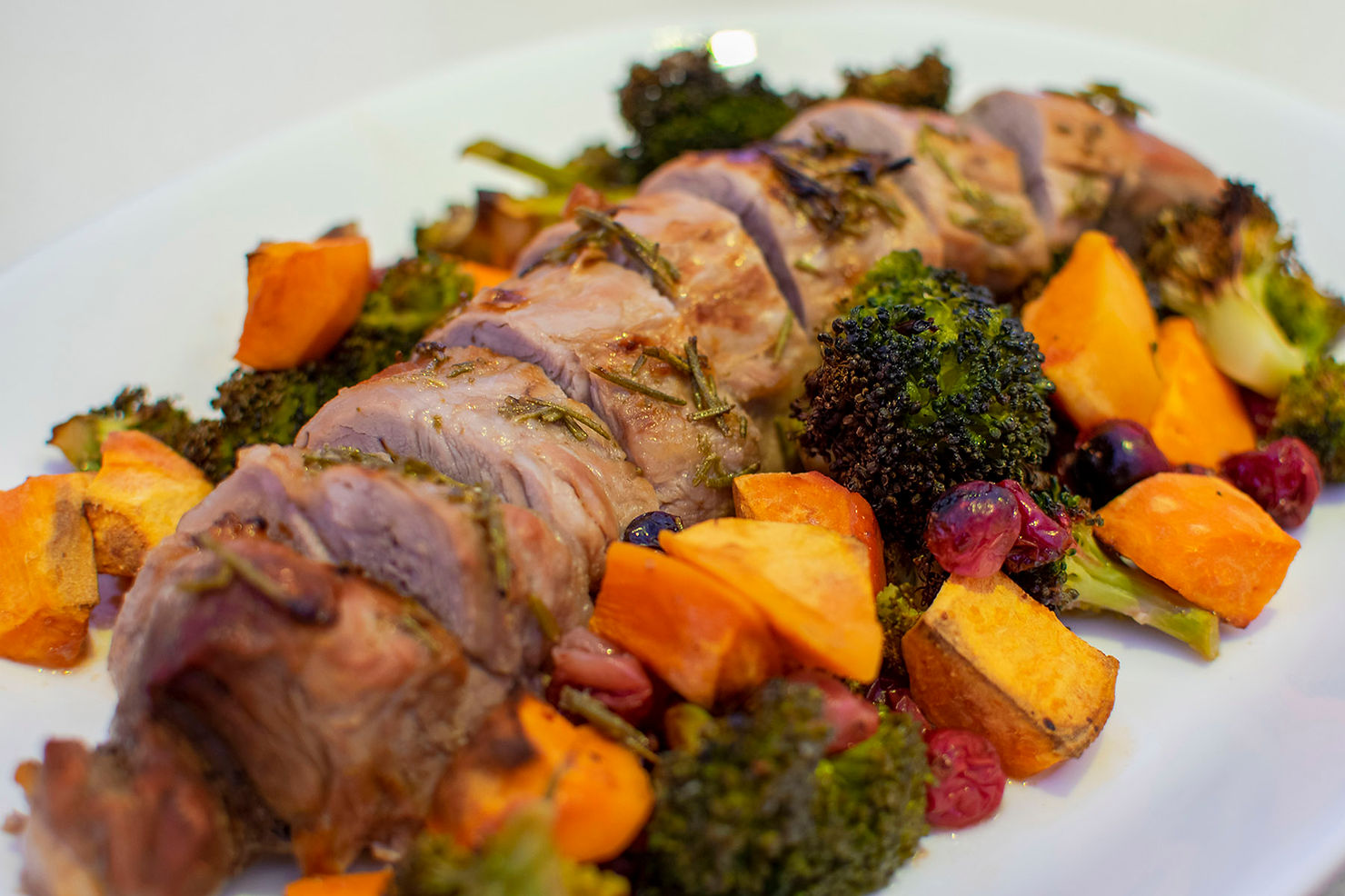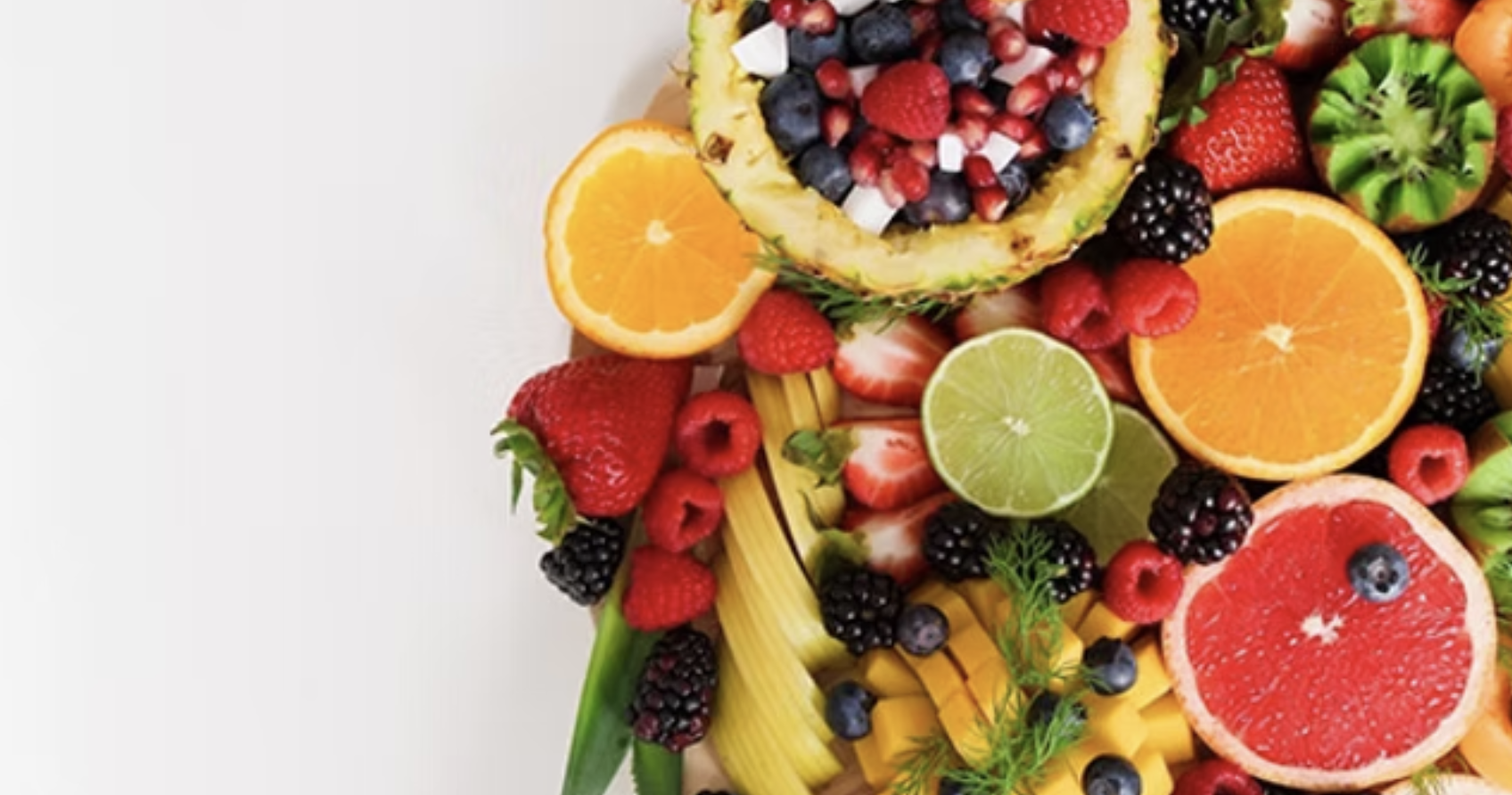Urinary tract infections (UTIs) create a lot of pain and discomfort and can make it difficult to pass urine. You might have burning or pain with urination, or you might need to urinate more frequently because you can’t empty your bladder completely. Sometimes urine can be cloudy, contain blood or have an unusual odor. At their worst, UTIs can induce fever, nausea and vomiting. It is also possible to feel tired, or to have pain in your lower back or abdomen.
Catheter use, some types of birth control, and female anatomy (shorter urethra) are some of the factors contributing to UTIs. Sex can introduce bacteria into a woman’s urinary tract too. Health conditions such as diabetes, stroke, spinal cord injury and multiple sclerosis can also increase your risk of getting UTIs.
Treatment options usually involve antibiotics. Antibiotics can have side effects such as diarrhea, or more serious health problems, such as antibiotic-resistant infections. Frequent use of antibiotics may not be desirable for these reasons.
The good news is that there are foods you can eat that will reduce the likelihood of getting UTIs.
Eat Foods that Create a High pH in your Urine

According to research, the pH of your urine plays a role in restricting the growth of pathogenic bacteria in the bladder . A high pH can provide the right environment for a compound called siderocalin to do its job. Siderocalin is an enzyme that restricts the growth of E. coli, bacteria commonly involved in UTIs. Here are a few examples of foods that can help:
- Avocado
- Leafy greens
- Broccoli
- Lemons, limes and oranges
- Tomatoes
- Onion, ginger, garlic
- Nuts
Eat Foods that Contain D-Mannose

D-mannose is a sugar that doesn’t get used by the body. Instead, it gets filtered by the kidneys into your urine. D-mannose works by stopping bacteria from attaching to cells in the urinary tract. A few great foods to try include:
- Black and red currants
- Cranberries
- Apples
- Oranges
- Peaches
- Broccoli
- Green beans
- Cabbage
- Tomatoes
Here’s a great dinner recipe adapted from Histamine Haven that is rich in D-mannose!
Maple Pork Tenderloin Sheet Pan Dinner
Serves 4 | Prep Time: 15 min | Cook Time: 30 min | Total Time: 45 min
2 yams
1 lb (450 g) broccoli
10 oz (283 g) bag cranberries (fresh or frozen)
2 pork tenderloin
¼ cup maple syrup
¼ cup butter
2 Tbsp fresh rosemary (or 2 tsp dried)
2 tsp Himalayan or sea salt
1 small lemon
- Preheat the oven to 375 degrees F. Prepare a large baking sheet with parchment paper or a silicone mat.
- Peel and chop yams into bite sized pieces and cut broccoli into large florets. Place on the baking sheet along with the cranberries.
- Prepare your compound butter. Combine maple syrup, butter, rosemary, salt and lemon juice in a food processor until well mixed. If you don’t have a food processor then bring butter to room temperature and mix ingredients by hand.
- Spread the compound butter over the tenderloin, adding any extra to the vegetables.
- Place the baking sheet in the oven and roast for 30 minutes until vegetables are tender and a meat thermometer reads 145F when put in the thickest part of the tenderloin.
- Once the pork is cooked through, take the baking sheet out of the oven and cover with tented foil for 5 minutes to allow the juices to redistribute.
- Slice tenderloin and serve with the vegetables. Enjoy!
Add the ingredients for this recipe to your shopping list today! It’s so delicious!

Eat Probiotic-Rich Foods
Probiotic research in the area of reoccurring UTIs is still new, but it is well researched and recognized in the area of overall immune health. A healthy gut microbiome also affects siderocalin, the enzyme that restricts the growth of E. coli. Whether or not probiotics can target UTIs associated with various root causes is still to be debated, but given there are numerous health benefits associated with consuming protiotic foods, it is a safe dietary approach to try.
- Unsweetened yogurt or kefir
- Unpasteurized sauerkraut or kimchi
Foods to Avoid
Some foods can irritate the bladder or create an environment that supports bacterial growth.
- Don’t eat sugar! It will lower your urine pH and feed E. coli.
- Caffeine and alcohol can irritate the bladder. Caffeine can be found in coffee, tea, sodas and energy drinks. Limit consumption.
- Spicy foods can irritate the bladder.
Do you have symptoms of UTI, but no infection? Painful urination? Frequent or urgent need to pee? Problems holding your pee, or have to get up at night to pee? Factors contributing to these symptoms are different than those of an infectious UTI.
Diet can help with those symptoms too, but it looks different than the steps outlined for UTIs. Want help reducing those symptoms? Call and book an appointment!
CONTRIBUTED BY: Tracey Reed - Holistic Nutritional Consultant B.Ed, C.H.N.C.
[1] https://www.ncbi.nlm.nih.gov/pmc/articles/PMC4481200/
[2] https://www.ncbi.nlm.nih.gov/pmc/articles/PMC2684288/
[3] https://www.ncbi.nlm.nih.gov/pmc/articles/PMC4006993/


.png)


